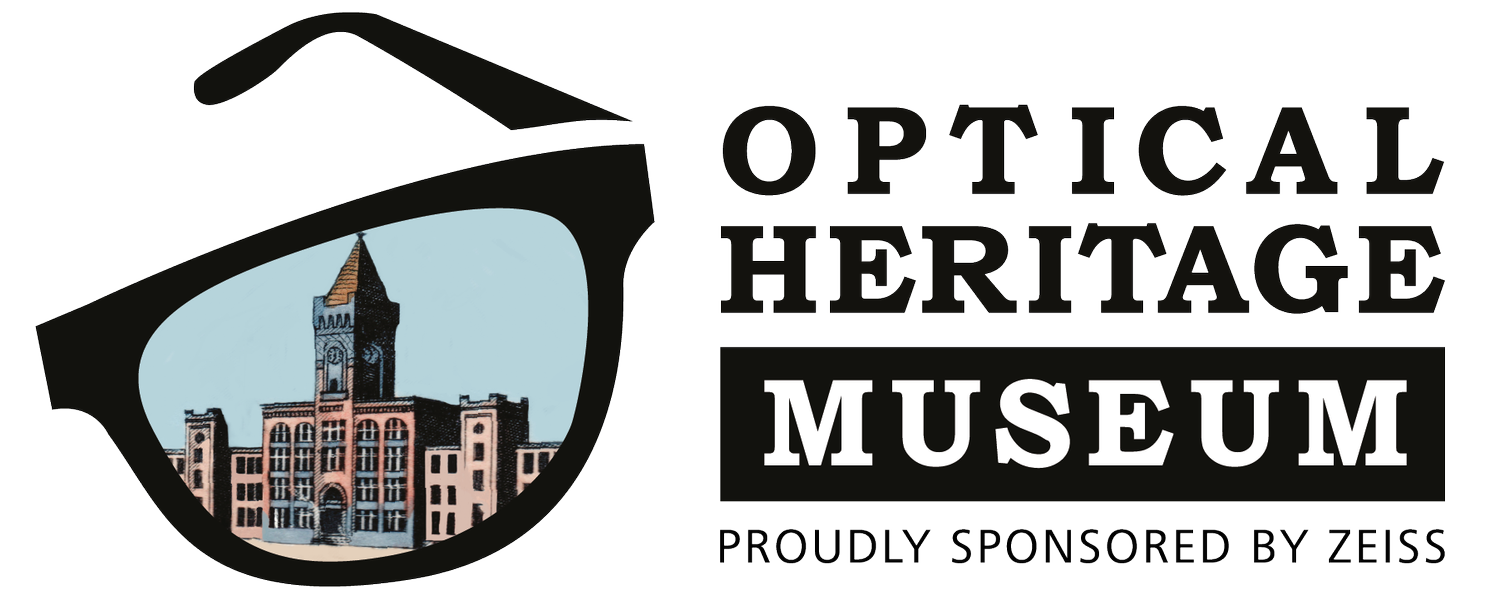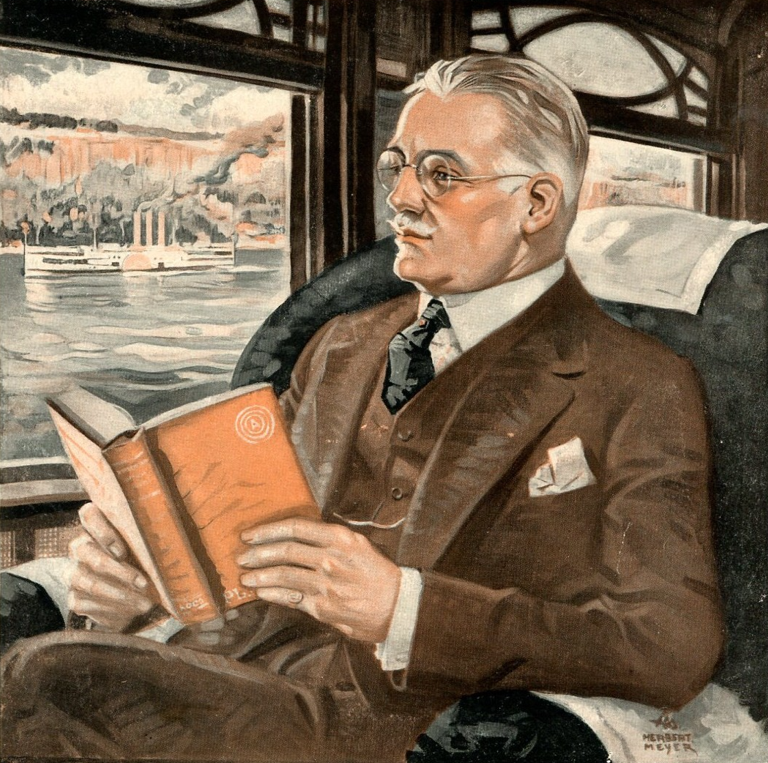
Lifestyle
How Eyeglasses Developed into a Consumer Life Enhancement
How Eyeglasses Became a Lifestyle Accessory
Historic Images Reveal How Eyeglasses Changed from a Medical Device to a Consumer Lifestyle Enhancement
By Ted Gioia.
What has been the biggest trend in eyewear in recent years? How about the return of tortoise-shell? Or the rise of geeky over-sized specs? Or cats-eye glasses to match those feline photos on your Instagram account?
Actually, it’s none of the above. The biggest breakthroughs in eyeglasses in the new millennium are driven more by technology than fashion. The result is a wide array of lifestyle-specific eyewear customized for different activities and needs. We are still in the early stages of this revolution, and in the not-so-distant future your eyeglasses might be more like smartphone apps than traditional specs.
Yet lifestyle eyewear is actually more than 100 years old, and its surprising history is now revealed in photos and documents shared online by the Optical Heritage Museum in Southbridge, Massachusetts. These images, many of them unseen for decades, come from the archives of American Optical, now owned by ZEISS.
“These innovations from the past laid the groundwork for the high tech eyewear of today,” explains ZEISS vice president, Karen Roberts. “Lifestyle needs have changed significantly in the last hundred years. Now we have Digital Lenses for smartphone users and DriveSafe lenses for today’s automobiles. But the basic idea of matching eyewear to specific activities hasn’t changed.”
The word “lifestyle” didn’t even exist in the English language when American Optical launched a major marketing campaign in 1916 to promote the dispensing of customized eyewear for different activities. In fact, the word didn’t show up until 1929, and almost nobody used it until the 1970s, when suddenly everyone started talking about lifestyle products.
In 1967 the Chicago Tribune only used the word “lifestyle” seven times during the course of the entire year, but during 1972 it appeared 3,300 times in the pages of that same newspaper. We now take it for granted that eyeglasses are a consumer lifestyle product.
But as far back in 1913, American Optical used the term “Fits-U Eyeglasses” to describe this concept. Over the next decade, the company introduced a range of spectacles to meet the diverse needs of the market. In an era when most people saw eyeglasses as a medical device, American Optical laid the groundwork for its later reinvention as a consumer product.
A hundred years ago, prices for these lifestyle specs ranged from fifty cents for the least expensive pair of auto glasses to $2.50 for fashionable tennis glasses. Those may seem like bargains but a typical worker only made two or three dollars per day back then.
The options for eyewear users expanded with the passing decades. In a 1950 brochure, American Optical was already touting its specialized eyewear for 22 different lifestyles—including theater glasses, hunting glasses, housework glasses and sportswear glasses.
“You won’t miss a trick at the bridge party if you’re wearing all-purpose trifocals,” the brochure promised. The pitch for shaving glasses declared that they would “bring every whisker into sharp focus.”
“We’ve come a long way since those days,” Roberts comments. “Advanced coatings and tints enhance the performance of today’s lifestyle eyewear, and our innovative multifocal designs have made those trifocals obsolete.”
The activities have changed too. “Driving glasses in 1916 were like goggles, and needed to protect wearers from dust and debris in open-air vehicles,” says Optical Heritage Museum executive director Dick Whitney. “But today drivers need more help seeing the complex dashboard controls at mid-vision range as well as traffic and obstacles in the distance.”
What does the future bring? “High tech lifestyles create new vision needs and also new risks to our eyesight,” Roberts notes. “People may think that eyeglasses are old technology, but they will probably play a key role in how we navigate the lifestyles of the next century.”
This brochure from 1950 highlighted as many as 22 different lifestyle options for the everyday wearer.
A Fits-U Eyeglass ad from 1916 when AO used the term “Fits-U Eyeglasses” to describe lifestyle
These “Selling Price Cards” were a simple way to showcase the many lifestyle choices on offer for the customer
This commercial featured in Esquire magazine in 1960 – aimed at the sophisticated holiday maker
You might also like…
Relaxation
Keeping your eyes fresh and on the move
TODD AO
AO goes to Hollywood






